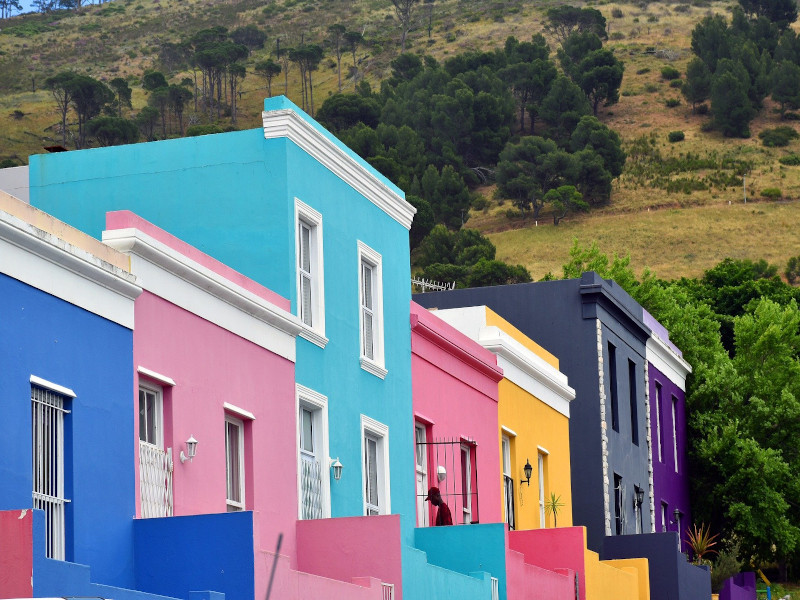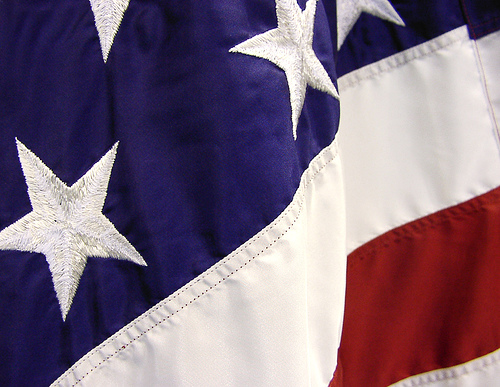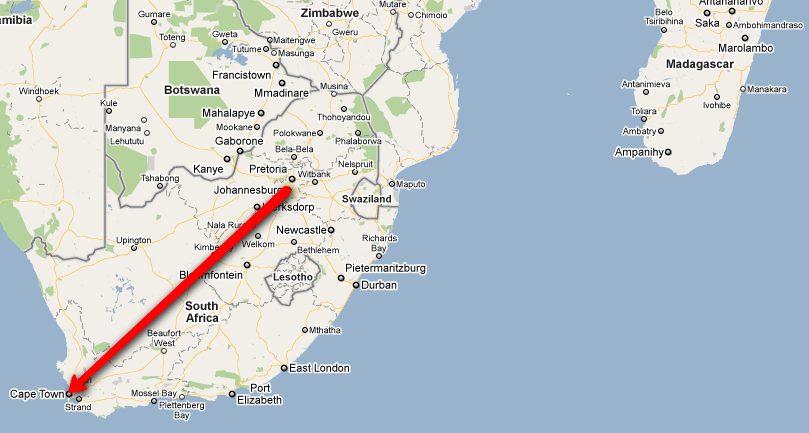[Update: March 2020]
A flurry of birds on a wire set the scene as you turn off Buitengracht Street into Wale Street. It’s tough to pigeonhole the sounds and views that greet you on a visit to the Bo Kaap, but the distinctive charms of the community are mesmerising.
Cape Town’s Bo Kaap has been revitalised as a tourist hotspot, attracting international and local visitors looking to sip up some of its incomparable energy, culture, colours, scents and architecture.
While some come in search of Cape Malay home-style cooking, others prefer the fantastic photo opportunities offered by this unique Mother City neighbourhood. If you’re staying in one of Cape Town’s central hotels, the Bo Kaap is definitely worth a visit and is easily accessible on foot from Cape Town Lodge.
Why is it called the Bo Kaap? A brief history
The Bo Kaap has been known by many names. One of the more popular ones was the Malay Quarter, due to the Malaysian and Indonesian slaves that relocated in the early years to this area. Bo Kaap homes a unity for some dominant cultures coming together as one. This community came to be known as the Cape Malay people. The origins date back as far as the 1760s where the small houses were built by the colonial Dutch and English for these slaves. Directly translated from Afrikaans, Bo Kaap means “Above (the) Cape” and that pretty much sums up where this colourful neighbourhood is situated. Where Cape Town is a bowl of talent, Bo Kaap bleeds out to the corner above, nestled in the foothills of Signal hill.
At first, the houses were all white. The colourful houses developed when the Cape Malay residents had the opportunity to buy properties. The first thing they did was to paint their home as a symbol of freedom. The design is a mix between Cape Dutch and Gregorian architecture. This colourful palette is still today one of the most notable characteristics of the Bo Kaap and attractions in the Western Cape.

Who lives in the Bo Kaap?
During Apartheid, the neighbourhood was designated as a Muslim and Coloured area only, and forcibly removed any other ethnicities. It hasn’t changed much since. The inhabitants are the descendants of the slaves, and the majority of the population is Muslim. However, visitors can note an interesting blend of east and west when observing the Bo Kaap culture. Over the years, the Bo Kaap illustrated the dynamism of human life and how Islam adjusts its adherent to accommodate changing environments and other religions. Today, anyone has the right to live in the neighbourhood.
Top things to do in the Bo Kaap
Atlas Spices
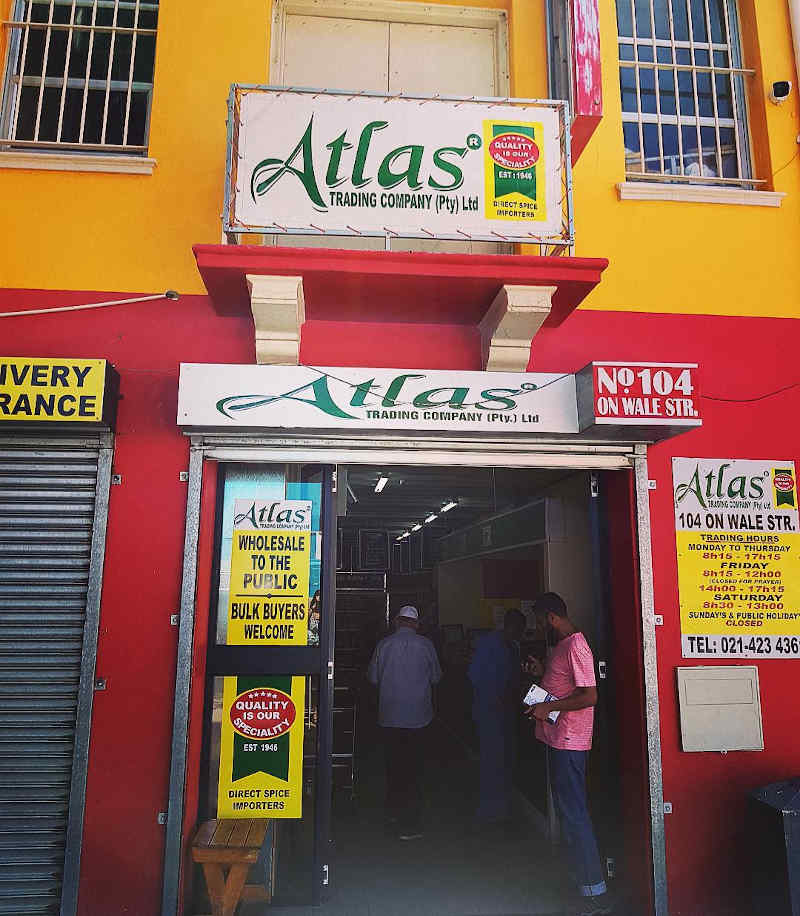
You’ll most likely smell the aroma of Atlas Trading Co before you see it, due to the strong scent of exotic spices. This shop is top of the list when it comes to Bo Kaap culture. The building is over a hundred years old and is built from the same stone as the Castle of Good Hope. Since 1943, Altas has become a darling name among locals. This spice haven imports whole spices from India and has it grounded locally. The shelves are stocked with turmeric, curry mixes, bags of rice and dried chillies. You’ll be captivated by the inspiration to cook, and it’s almost impossible to leave without buying something delicious!
Bo Kaap museums
Located in the oldest building in the Bo Kaap, the Iziko Bo Kaap Museum was the former home to a wealthy Muslim family. The museum’s architecture represents the traditional home designs of the Bo Kaap but is registered as a National Monument. This small, intimate setting offers visitors a look into the past, culture and socio-political climate of the neighbourhood.
Another popular Bo Kaap museum is The District 6 Museum. It uses past memories and experiences to remember a once-vibrant community’s forced removals in the Apartheid era. In 2006, this museum was declared a National Heritage Site due to its success in the process of healing and restoration.
Monkeybiz
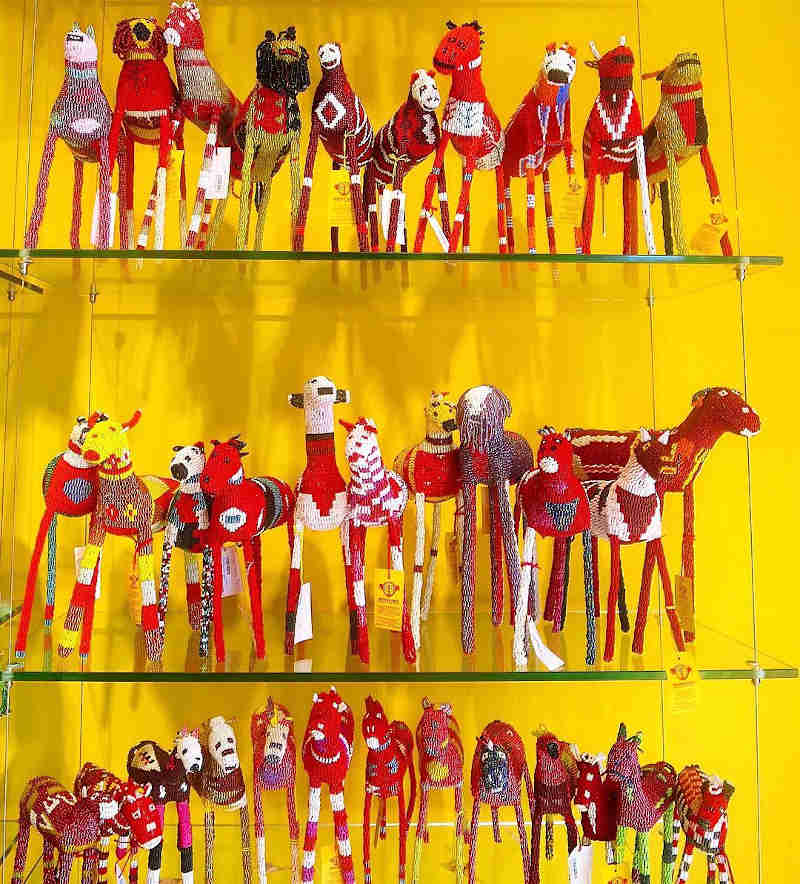
Monkeybiz was born in the Bo Kaap in the year 2000. This vibrant boutique specialises in unique African beadwork and reviving the art and culture of this craft. It also doubles as a non-profit organisation, providing a basic income to local families, employing disadvantaged women, and setting up funeral and burial funds for every beader in their register.
Monkeybiz provides workshops with teachers from different parts of townships in Cape Town and the Eastern Cape. What makes this beadwork art so unique? Besides using funky colours, they also do their designs onto a 3D surface, with the traditional needle-and-thread-technique, allowing the crafters to become artists.
Bo Kaap cooking class
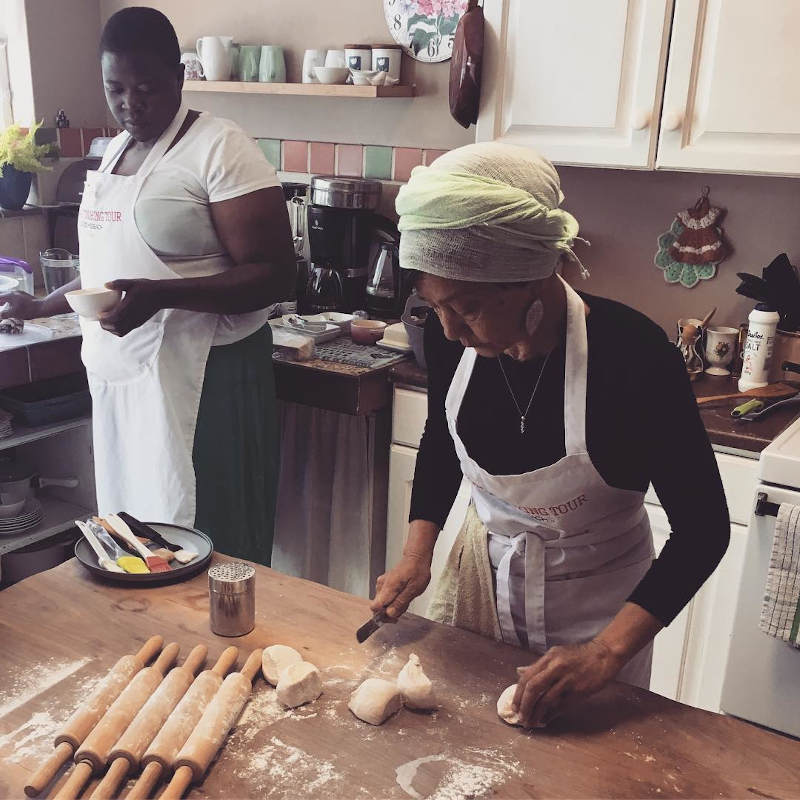
A hands-on experience with the most iconic puzzle piece of the Bo Kaap – Cape Malay food. This cooking tour enriches the sensories of its guests by visiting local markets, folding samosas and learning how to make aromatic curries, samosas and a zesty onion and tomato sambal. The combination of intense and exotic flavours, with simple and traditional techniques, is the perfect representation of the community in the Bo Kaap. It’s a beautiful way to meet people all over the world.
Haas Collective
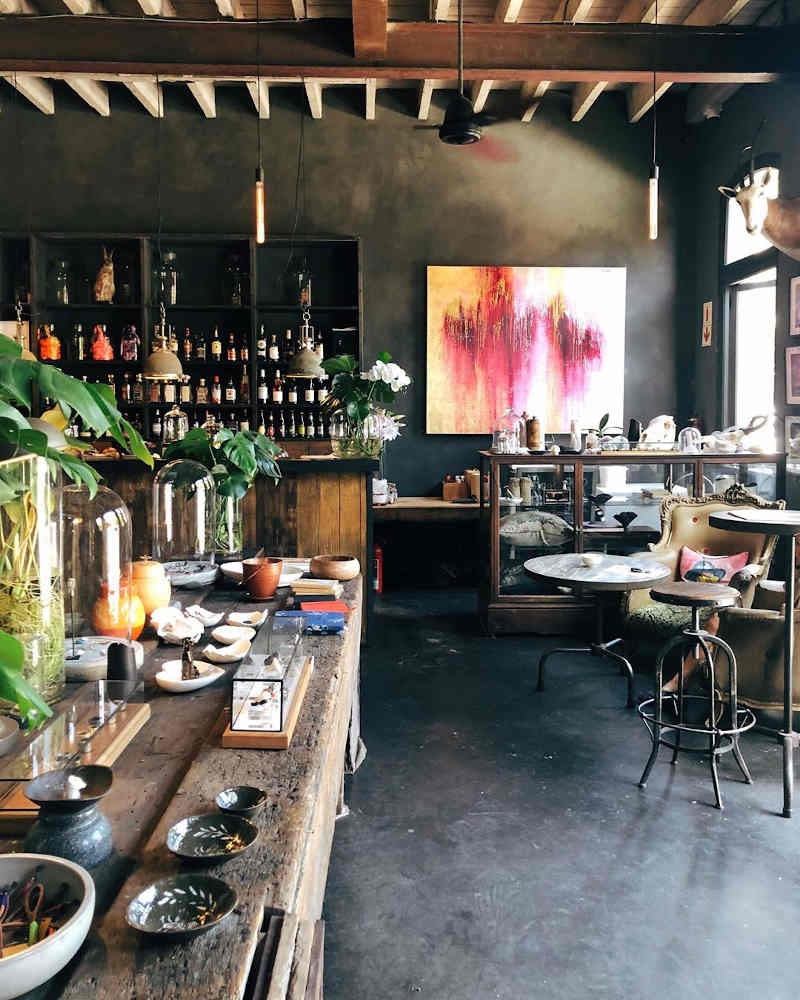
Connoisseurs of excellent coffee and art collectors will go crazy for Haas Collective in the Bo Kaap. Incorporating an art gallery, shop and coffee roastery all in one, Haas has set a new precedent in the Mother City when it comes to enjoying life’s little luxuries.
Sip on a speciality coffee and enjoy a snack in their fashionable café not before picking up an endearing trinket in the attached gallery.
Rose Bistro
Further exploration of the Bo Kaap cobbled streets leads you to one of the neighbourhood’s best-kept secrets – Rose Bistro. The latest addition to this photogenic neighbourhood honours the history and traditions of the Bo Kaap by creating fusions of French country cooking with Cape Malay flavours.
As the sun sets over Signal Hill, the Bo Kaap takes on a whole new façade of sights, colours and sounds; a testament to the dawn (or dusk) of a new era in the former Malay Quarter.
Bo Kaap walking tour
If you are looking for a more extended trip through Cape Town’s culture, the city offers a diverse choice of Bo Kaap walking tours. The Free Walking Tour takes you to numerous locations and informational outings through the Bo Kaap and Cape. It’s free and suitable for anyone wanting to wander around the rainbow heart of the town.
Signalling lunchtime in the Mother City since the 1800s, the Noon Gun is one of the popular spots during tours, exploding across the city bowl at precisely noon daily (except on Sundays and public holidays). The Noon Gun Tea Room offers tours where guests are given a short history of the tradition, witness the actual firing of the gun and head back to the restaurant for lunch.
Are you interested in visiting the Bo Kaap for an up-close and personal experience? Check out our deals on flights to Cape Town as well as the many accommodations spots in this cobbled street neighbourhood.
Or sign up to our newsletter to experience the best of Cape Town and many more places.
Also Read:
Disclaimer:
All information on this blog page was correct at the time of publishing and may change at any time without prior notice. Travelstart will not be held liable for loss or inconvenience resulting from the use of out-dated or incorrectly noted information. All prices are subject to change unless stated otherwise.
